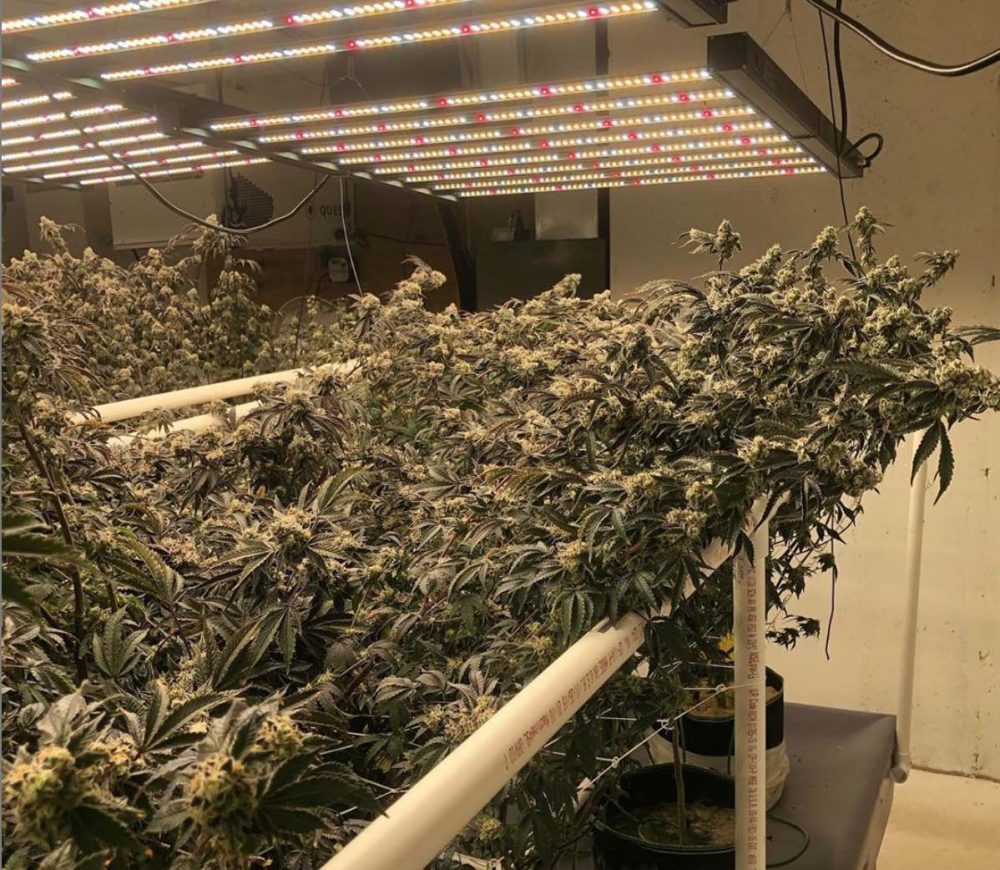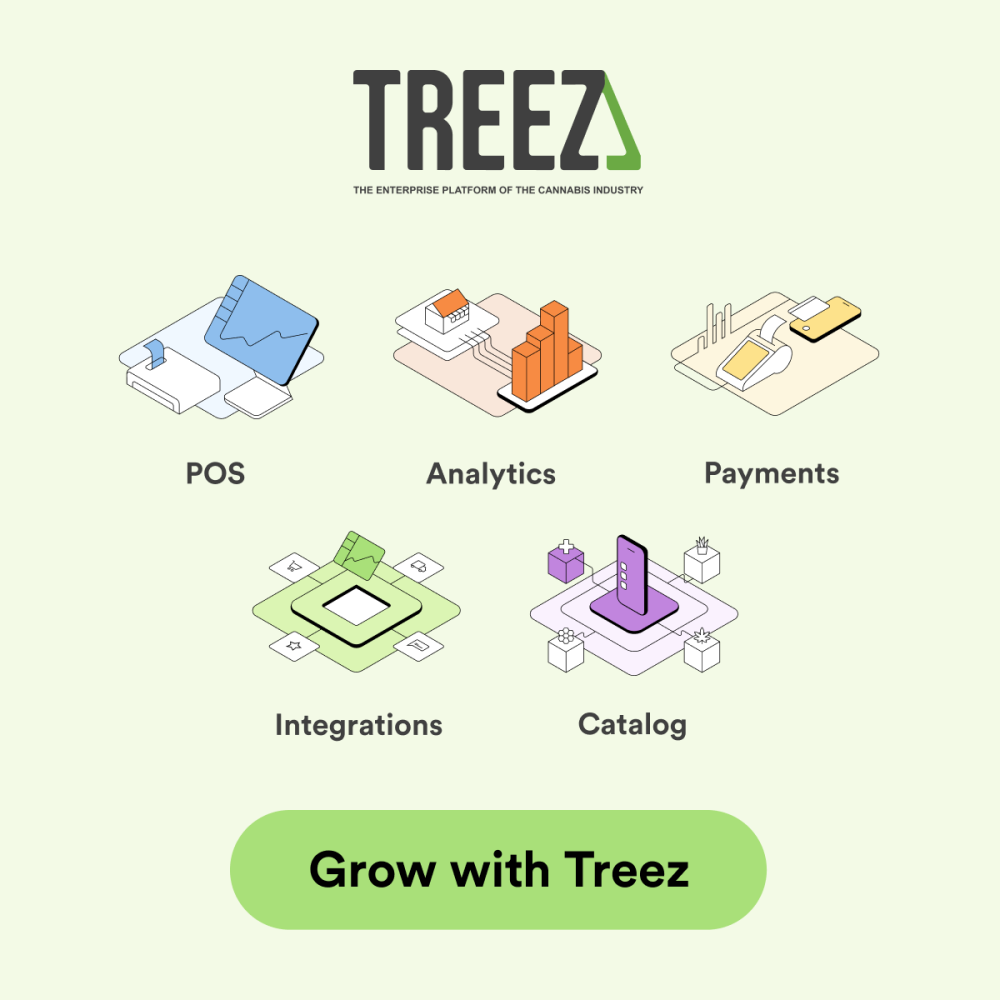Whether you’re a commercial or a home grower, choosing the correct lighting system requires deliberation. Cultivating cannabis is straight forward; light, water, nutrients. The subtle tweaks to the system differentiate between expert and hobby growers. One of those tweaks is the lighting system.
I’ve cultivated under the sun, with High-Intensity Discharge (HID), and Light Emitting Diode (LED) lighting systems. Each comes with its own challenges and benefits. When choosing the best system for your indoor cultivation, keep it simple. Break down the Pros and Cons of HID vs. LED lighting systems and choose what fits your needs.
What is HID? What is LED?
High Intensity Discharge lighting has been the preferred system for cultivators since the 1990’s. An HID lamp is an electrical gas-discharge lamp. This means light is emitted from an arc between two electrodes in a tube filled with a noble gas. HID advocates are believers that lumens are the most important component of lighting for yield. Metal Halide, Ceramic Metal Halide, High Pressure Sodium, and a few obscure gas lamps fall into this category.
Light Emitting Diode lighting is a hot trend for cultivators. Light is produced from a series light-emitting diodes. LED advocates believe that Photosynthetically Active Radiation (PAR) is the most important component of lighting for high yield.

Photo by Ryan Lange
HID Pros and Cons
HID systems have a long history, and therefore more research has gone into the technology on the market today. Lamps have become more efficient, ballasts are smaller and built-in, and reflectors are larger and stronger. HID lights have more spread and can cover a greater area per fixture.
Cultivators have historically grown under HID and therefore breeding under them as well. Genetics have been selected to yield under HID spectrums. Many cultivation practice standards are established for HID spectrums. If you want to know when the best time to change photoperiods is, for example, there are guides for HID lights.
More efficient than before does not mean perfect. HID systems lose a lot of energy in the form of heat, meaning cooling costs go up. HID systems can be “dimmed” but dimming changes the light spectrum emitted. Rather than dimming, adjusting light height allows you to adjust intensity. Effective HVAC design and height adjustment mean HID systems require taller ceilings. Furthermore, the type of gas in the bulb determines the color spectrum emitted. If you need a different type of light you change the bulb.
Most cultivators have different fixtures for vegging and blooming, rather than changing the bulbs. Some HID systems also produce dangerous light spectrums that can burn eyes and skin. Breaking a bulb releases toxic gas and creates a dangerous mess. HID fixtures are far more dangerous for clumsy cultivators.

Image via @gardenofreef
LED Pros and Cons
LED technology is rapidly advancing. Advanced LED systems work off the principle of Photosynthetically Active Radiation. Rather than producing a broad spectrum of light, these are made to only produce light for photosynthesis. Green light is reflected by cannabis and is therefore not found in most LED systems. When comparing HID vs LED lighting systems, efficiency is a clear pro for LEDs. Not only do you save money from lights that pull less electricity, but they’re also cooler.
HVAC costs less monthly, but also your overhead is less for a smaller unit. You can dim LED lights without changing the light spectrum. Furthermore, you can control and change the spectrum it’s emitting. A single fixture can be used to create optimal veg or bloom light spectrums. Most LED fixtures have a longer estimated lifespan than HID fixtures. LED system’s precise control over the spectrum and intensity coupled with less need for cooling produces cost-effective yields.
Unfortunately, LED lights do not throw the light like HID. There is a concentration of light directly below the diode. For this reason, most LED lights are sheets of diodes. This increases the number of fixtures needed, the cost of hardware for hanging, and labor for raising or lowering. Yes, despite being cool, LED light can be too close to the canopy. Intense LED light causes photobleaching.
The “sheet” design of most LED fixtures reduces air circulation. Although efficient, LED rooms still require some cooling. The reduced air circulation caused by the fixture shape reduces temperature and humidity control in the room. You don’t see many strains bred under LED lights. Strains that do very well under HID don’t always do well under LED. Some LED lights are now being developed to match the output of HID fixtures for this reason.

In My Experience
During my time as a commercial and medical cultivator, I have tried many light fixtures. Despite significant control over the spectrum, most LED fixtures cannot produce the same yields as HID. There is a great deal of debate about why this is. Leaf tissue temperature does affect photosynthesis efficiency. This is why LED rooms are run hotter than HPS rooms. Still, even running the ambient temperature in the room warmer does not completely fix yield outputs.
In my experience LED fixtures require much more maintenance. I’ve invested much more time replacing LED fixtures than replacing HID fixtures. When comparing HID vs LED lighting system pros and cons, a major consideration is labor. LED fixtures require more labor. Whether it’s due to frequent adjustments to spectrums, or frequent replacements. Yes, you need to clean reflectors and replace bulbs in HID systems. LED fixtures still seem to take more labor.
My best of both worlds experience came from mixing the two. Layering the efficient, high PAR LEDs with a few hot 600W HPS increase yields. Cooling costs and energy use costs were down, but the quality was intact. My nutrient requirements were similar enough to an HID room that I didn’t have to change my feeding protocols. Overall, mixing the two worked best for my needs commercially. In my medical cultivation experience, LEDs fit my needs better. When you’re cultivating for personal use, the energy savings from LED are the greatest factor driving my preference.







